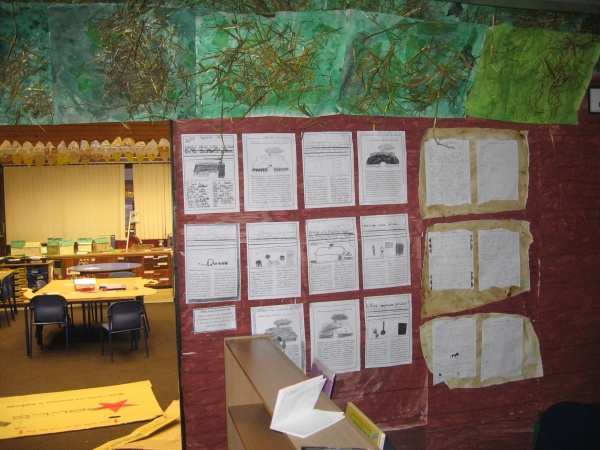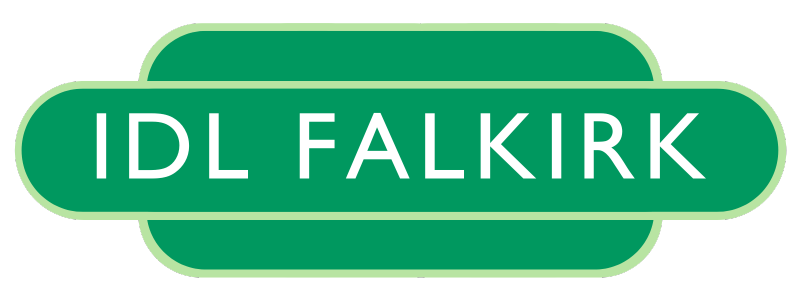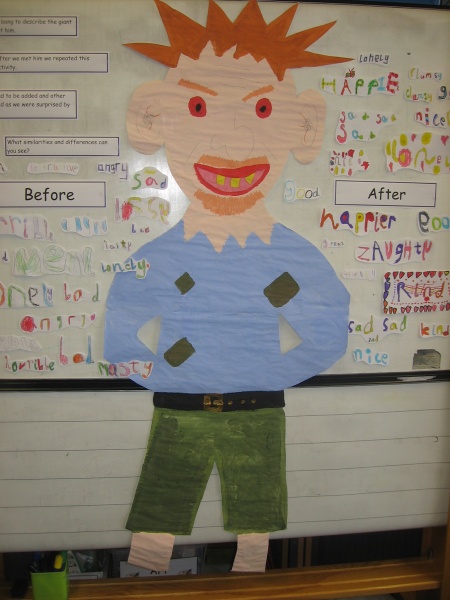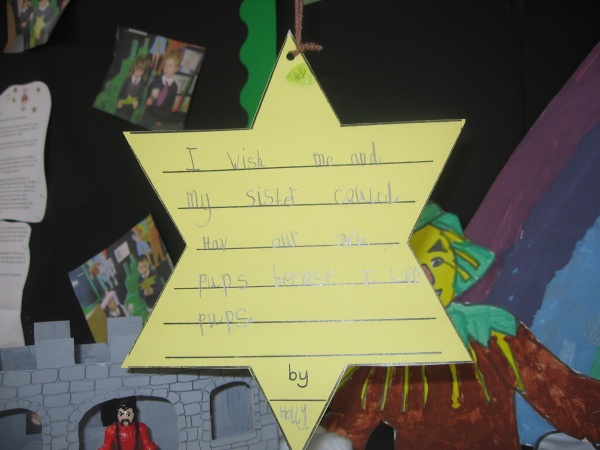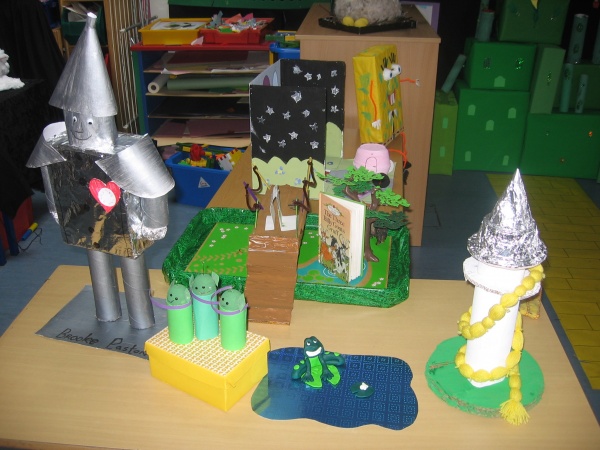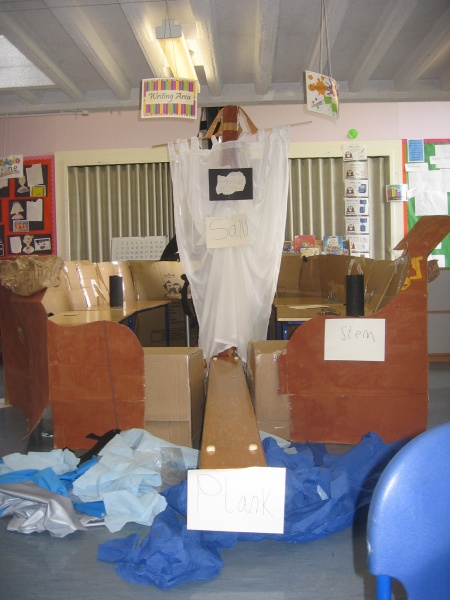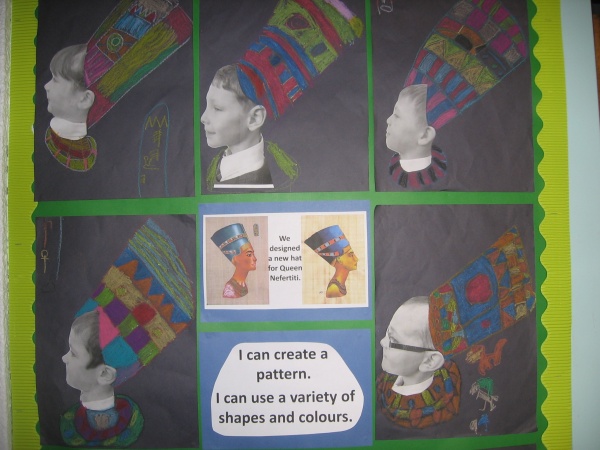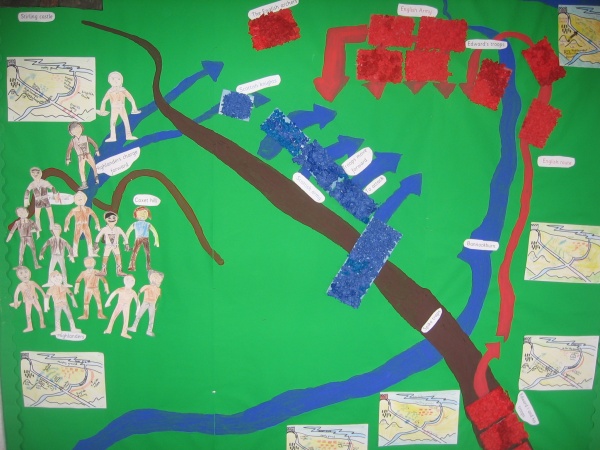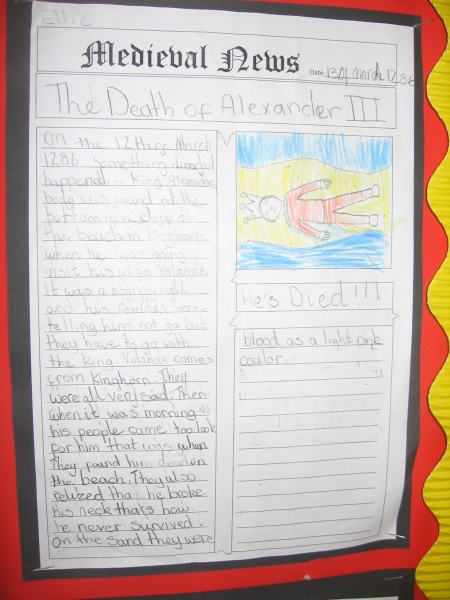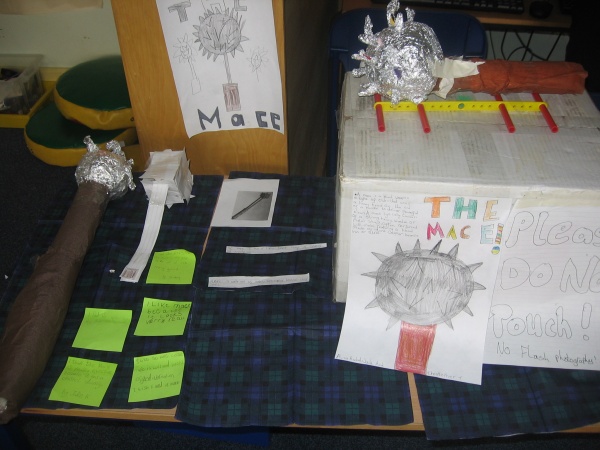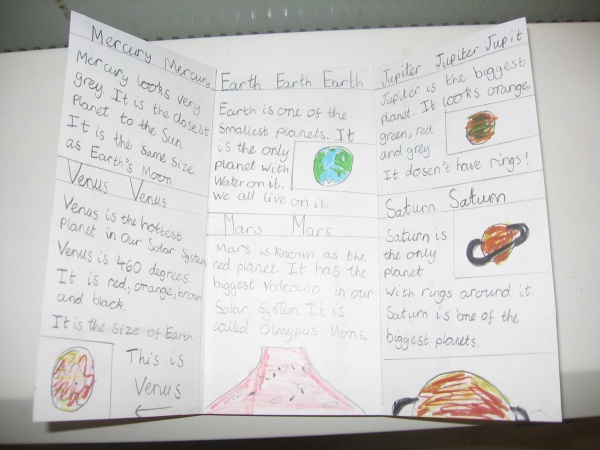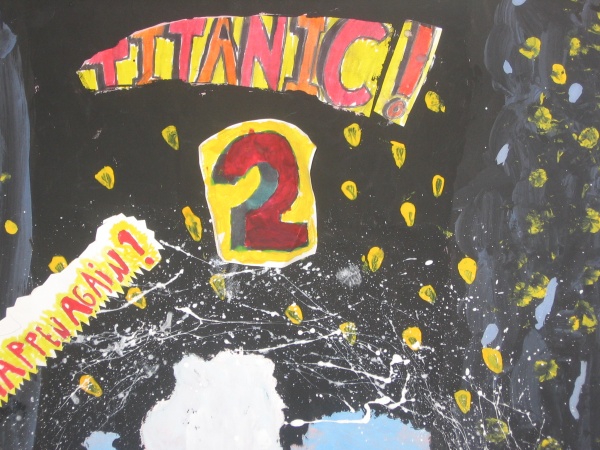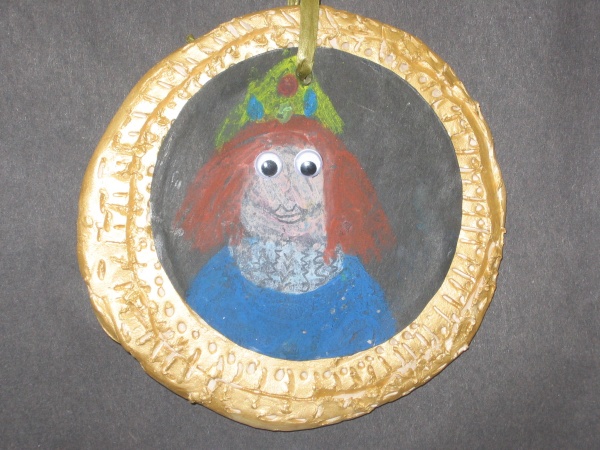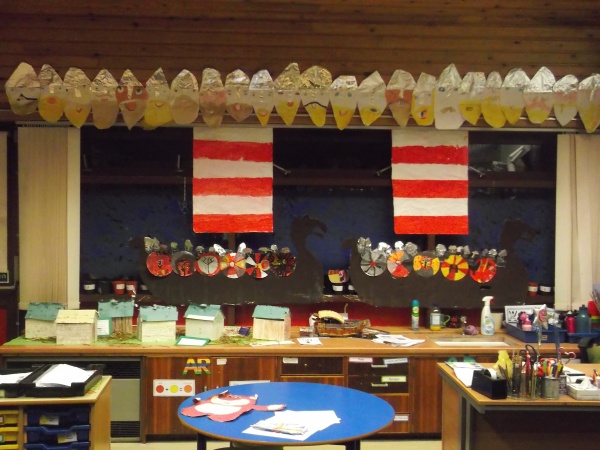 STEM Central is a very rich source of support materials for discrete and interdisciplinary learning which develops understanding of Science, Technology, Engineering and Mathematics. Click here to explore the range of learning journeys and contexts available. These resources also support planning of learning which meets recommendations of the Learning for Sustainability Report. Click here to view a second level learning journey linked to the theme of Using Water, and here to view a third level example. These documents demonstrate how to bundle related experiences and outcomes across the STEM subjects. They also show the prior learning required for the study, and the skills being developed. There are suggested success criteria, learning experiences and evidence of learning and next steps. Most learning journeys have additional “challenges” which follow on and allow pupils to apply and deepen their understanding using an unfamiliar context – click here to see an example. The STEM website also has excellent information on how higher order thinking skills are integrated into the learning journeys.
STEM Central is a very rich source of support materials for discrete and interdisciplinary learning which develops understanding of Science, Technology, Engineering and Mathematics. Click here to explore the range of learning journeys and contexts available. These resources also support planning of learning which meets recommendations of the Learning for Sustainability Report. Click here to view a second level learning journey linked to the theme of Using Water, and here to view a third level example. These documents demonstrate how to bundle related experiences and outcomes across the STEM subjects. They also show the prior learning required for the study, and the skills being developed. There are suggested success criteria, learning experiences and evidence of learning and next steps. Most learning journeys have additional “challenges” which follow on and allow pupils to apply and deepen their understanding using an unfamiliar context – click here to see an example. The STEM website also has excellent information on how higher order thinking skills are integrated into the learning journeys.
Tag: Experiences and outcomes
What is interdisciplinary learning?
 Education Scotland states that interdisciplinary learning: “enables teachers and learners to make connections across learning through exploring clear and relevant links across the curriculum. It supports the use and application of what has been taught and learned in new and different ways. It provides opportunities for deepening learning, for example through answering big questions, exploring an issue, solving problems or completing a final project.”
Education Scotland states that interdisciplinary learning: “enables teachers and learners to make connections across learning through exploring clear and relevant links across the curriculum. It supports the use and application of what has been taught and learned in new and different ways. It provides opportunities for deepening learning, for example through answering big questions, exploring an issue, solving problems or completing a final project.”
The importance of interdisciplinary learning as one of the 4 contexts for learning is highlighted by this quotation. Education Scotland has just published assessment and moderation exemplar materials which show how teachers carefully select a relevant and related “bundle” of experiences and outcomes. These exemplars (click here to view the collection) provide an assessment overview of the significant aspects of learning being developed in one subject area, but almost always show the teacher making a type 1 connection between one or more subject areas and/or with the cross-cutting themes of Curriculum for Excellence.. Click here to see how E & Os within HWB & LIT were linked at early level. Click here to see how higher order reading skills were integrated with contexts for learning at first level. To see how modern language vocubulary skills and thinking skills within literacy were linked at second level, click here. To explore how RME & Buddhism were linked to modern life at third level, click here. These do not prescribe the way these things must be done – they simply show how teachers have planned, delivered and assessed linked learning for their pupils. They may act as useful examples of very focused IDL which provides breadth, challenge and/or application opportunities for pupils.
New Education Scotland BGE Resource
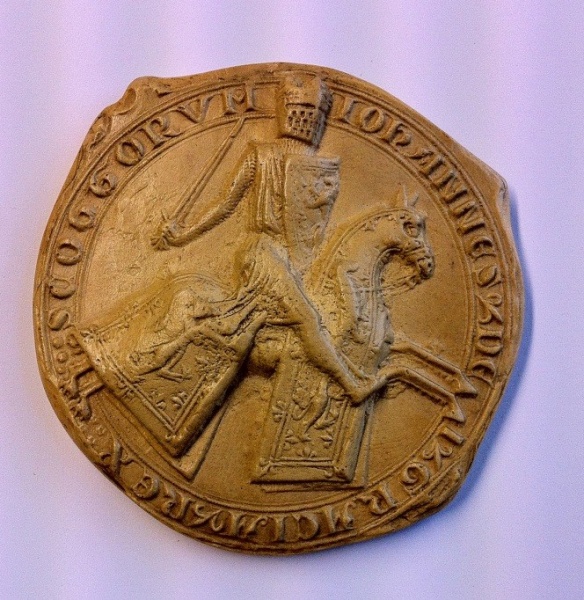 Click here to view a new set of resources about life in medieval Scotland published by Education Scotland. The ‘People of Medieval Scotland’ resource materials and learning journeys are the result of a collaboration between scholars at the University of Glasgow and school teachers and Education Scotland officials in a project funded by the Arts and Humanities Research Council and Education Scotland. The resources and supporting documents have been produced by Joanna Tucker from the University of Glasgow, with Dr John Reuben Davies and Professor Dauvit Broun. They provide valuable and reliable source material and ideas to support interdisciplinary learning linked to the medieval Scotland context.
Click here to view a new set of resources about life in medieval Scotland published by Education Scotland. The ‘People of Medieval Scotland’ resource materials and learning journeys are the result of a collaboration between scholars at the University of Glasgow and school teachers and Education Scotland officials in a project funded by the Arts and Humanities Research Council and Education Scotland. The resources and supporting documents have been produced by Joanna Tucker from the University of Glasgow, with Dr John Reuben Davies and Professor Dauvit Broun. They provide valuable and reliable source material and ideas to support interdisciplinary learning linked to the medieval Scotland context.
Click here to view the thirty-two sources which can be used at all levels. These aim to make the lives of people living in medieval Scotland more accessible to practitioners and learners.
Click here to see examples of practitioners’ learning journeys (for pupils at every level) using these resources. Click to view a plan of 3 learning experiences linked to the reign of John Balliol. This second-third level learning journey bundles experiences and outcome across social studies, literacy and health and well-being.
Deanburn Primary School Global Storyline Celebration
 On Friday 30th May, Liz Stephen and Laura Beattie of Deanburn PS celebrated the conclusion of their Giant of Thistle Mountain global citizenship storyline. They have both been part of the first cohort of Falkirk teachers being trained by the West of Scotland Development in Education Centre (WOSDEC) to deliver their global citizenship storylines.
On Friday 30th May, Liz Stephen and Laura Beattie of Deanburn PS celebrated the conclusion of their Giant of Thistle Mountain global citizenship storyline. They have both been part of the first cohort of Falkirk teachers being trained by the West of Scotland Development in Education Centre (WOSDEC) to deliver their global citizenship storylines.
All of the teachers who have taken part in this interdisciplinary learning have reported very valuable impact on their pupils. This includes development of pupil understanding of social justice and equality (Why is the giant so unhappy? What can we do to help?), their respect for diversity (Don’t assume the giant is bad because he is loud and scary-looking), and their critical thinking and ability to understand the importance of communities. 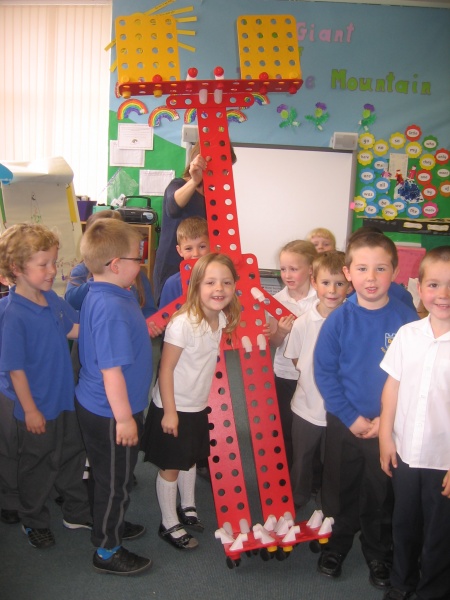
The pupils in Liz Stephen’s primary 1 class greeted fellow pupils, parents and other guests by miming their character role in their imaginary village of Thistle Mountain. They then took their guests on a guided tour of their work throughout the storyline and the frieze and model village they had created. Both classes had created their own giant too.
This storyline bundles a small number of experiences and outcomes from Religious and Moral Education, Health and Well Being and Social Subjects. It skillfully combines active learning experiences with drama interludes where the children are in role and have to deal with very difficult questions and issues. They are taken on a journey which effectively supports them in forming their social attitudes and emotional development. There was lots of evidence of deep understanding of the dangers of stereotyping and the value of co-operation and collaboration to build a succesful community. It was clear from the children’s readiness to take on their character role, that they thoroughly enjoyed the whole experience. (Click here to view a video compilation of the work displayed)
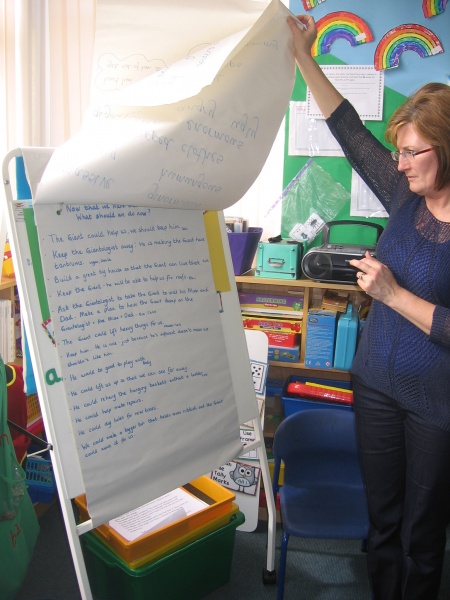 Laura effectively built opportunities for pupils to apply their literacy knowledge and understanding through a before and after “role on the wall” activity. Each class created their own giant and village using their chosen media.
Laura effectively built opportunities for pupils to apply their literacy knowledge and understanding through a before and after “role on the wall” activity. Each class created their own giant and village using their chosen media.
Liz and her class used a flip chart to capture their developing ideas throughout the project, and this was available for parents to view during their visit. It can be very difficult to capture evidence of developing learning during discussion with groups of children, and Liz found this flip chart method worked really well.
Developing literacy skills through Storyline in Secondary School
 On 23rd May, Yvonne McBlain visited Falkirk High School to see Lynne Ferguson, English teacher, and her S1 class working on their Space storyline.
On 23rd May, Yvonne McBlain visited Falkirk High School to see Lynne Ferguson, English teacher, and her S1 class working on their Space storyline.
Lynne has continued to develop her use of this approach following initial exploration with Yvonne 4 years ago. This year, Lynne’s pupils needed to develop their listening skills in particular, so she tailored the storyline to help pupils progress these. She structured the literacy tasks to allow particular development of note-taking and the associated understanding required to do this well. 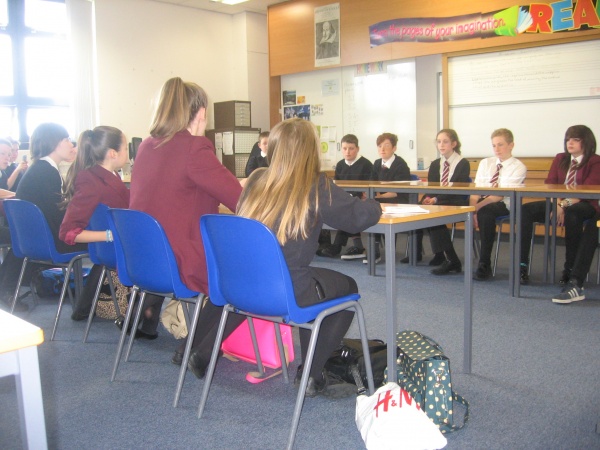 The E & Os targeted were 4-05a & 4-09a, and Lynne also integrated significant aspects of learning which she knew the pupils would need to develop for NQ5.
The E & Os targeted were 4-05a & 4-09a, and Lynne also integrated significant aspects of learning which she knew the pupils would need to develop for NQ5.
During this lesson, some pupils took on their storyline role as a member of the crew destined to save Earth. They were making themselves available to the world’s press who wanted to find out about their mission to initiate the colonisation of a new and unpolluted planet in order to save human kind. The rest of the pupils were in role as international press reporters from a publication of their choice. The mission director conducted the conference according to protocols observed on the news. Pupils had prepared some initial questions, but readily used their listening and notes to question statements made by the crew. There was strong evidence that pupils were developing questions from their notes and they grew increasingly skilled and direct in building on the answers of the crew. Their questions showed that they were an informed audience with deep concerns over issues around the mission, and they were increasingly probing in pursuing satisfactory answers. 
The pilot of the mission crew got a particular grilling about his lack of English and any communication issues this might cause during the journey – particularly if anything went wrong. The agriculturalist was confident that he had all of the requirements to grow food once they arrived on planet Tenalp Wen, but was a bit miffed that he couldn’t bring his dog and house it with the other beasts in the special hold. The scientist, medical officer, chief of security and supplies expert were also confident that they could fulfil their roles. Pupils were very able to apply their drama improvisation skills in conjunction with their listening to help them understand and respond. The crew answered well and increased in confidence visibly. They were able to sustain their roles with ease and all pupils made good use of factual and inferential information.
Following the press conference, pupils came out of role and were asked to pretend that lift off had happened, and the mission was now in progress. Lynne showed a video of life in the international space station during which pupils had to prepare to answer the following questions:
What is the purpose of this film (text)? Who is the audience for the Film?
What did you learning about the environment? What surprised you about living in space?
Lynne paused the video to give pupils a chance to capture relevant notes before viewing the next section.
Lynne’s use of storyline has enabled her pupils to develop specific literacy skills within an engaging context. The storyline approach ensured that pupil voice/personalisation and choice was embedded in this work. Pupils were able to apply science knowledge and understanding through the context. They were also able to apply their drama and art & design skills in the development of their characters, setting, and the plot of their story.
Moray Primary School Teachers Develop Storyline Practice
 Gillian Brodie, principal teacher at Moray PS, and her Raci task colleagues have been working since last session to develop staff use of the storyline approach to enhance interdisciplinary learning. All staff agreed that they would use this approach with their pupils between January and March 2014 to link experiences and outcomes within social subjects: people, past events, and societies and other relevant areas of the curriculum. Staff identified historical contexts for learning which they felt addressed the principles of curriculum design, consulted with pupils, and then planned the learning in a collaborative and mutually supportive way.
Gillian Brodie, principal teacher at Moray PS, and her Raci task colleagues have been working since last session to develop staff use of the storyline approach to enhance interdisciplinary learning. All staff agreed that they would use this approach with their pupils between January and March 2014 to link experiences and outcomes within social subjects: people, past events, and societies and other relevant areas of the curriculum. Staff identified historical contexts for learning which they felt addressed the principles of curriculum design, consulted with pupils, and then planned the learning in a collaborative and mutually supportive way.
 Nursery pupils tracked Dora the Explorer’s travels across the world which will lead to development of their knowledge of the Commonwealth Games later this term. Through various activities, they have been able to develop and apply their literacy and fine motor skills.
Nursery pupils tracked Dora the Explorer’s travels across the world which will lead to development of their knowledge of the Commonwealth Games later this term. Through various activities, they have been able to develop and apply their literacy and fine motor skills.
 Primary 1 have also focused on literacy skills using the Fairyland Learning Unlimited resource as a starting point. These pictures hopefully give a flavour of the way the pupils and teachers have developed this storyline. Staff reported that pupil motivation for writing and the amount of writing produced was greatly increased by the Fairyland context. It was a very successful context within which pupils could develop their independent writing skills.
Primary 1 have also focused on literacy skills using the Fairyland Learning Unlimited resource as a starting point. These pictures hopefully give a flavour of the way the pupils and teachers have developed this storyline. Staff reported that pupil motivation for writing and the amount of writing produced was greatly increased by the Fairyland context. It was a very successful context within which pupils could develop their independent writing skills.
Most teachers have offered pupils the opportunity to choose from a range of rich homework tasks which can be done with parents and grandparents.
Primary 2 pupils led their storyline to help them learn everything they need to know about Pirates. Their teachers are ensuring that they develop skills across the technologies which extending their knowledge and understanding of piracy in the past. Click here to read the pirate code created by the pupils, and here to see and example of a power point presentation created by a pupil. 
The children are revelling in their pirate alter ego characters, as can be seen from the biography here.
The primary 3 teachers are using the character of Howard Carter to guide their pupils through a range of challenges which extend their knowledge and understanding of Ancient Egypt. These challenges allow pupils to develop their problem solving capabilities, and apply skills within a small selection of relevant curricular areas.
 The pupils have also written some “little questions” which they want to have answered during their studies.
The pupils have also written some “little questions” which they want to have answered during their studies.
 Staff in primary 3/4 & 4 have adapted Falkirk’s own Roman storyline to meet the needs of their pupils. They are comparing the lives of rich and poor Romans and considering the conflict between the Romans stationed on the Antonine Wall and the native Celts already living here at that time.
Staff in primary 3/4 & 4 have adapted Falkirk’s own Roman storyline to meet the needs of their pupils. They are comparing the lives of rich and poor Romans and considering the conflict between the Romans stationed on the Antonine Wall and the native Celts already living here at that time. 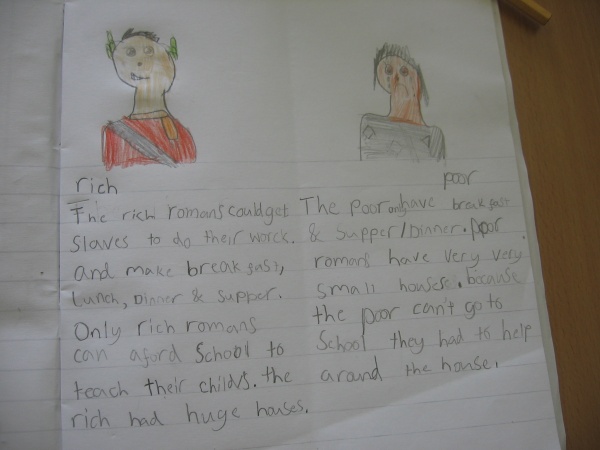
Connor said “I learned that there’s a lot of differences – the rich ones have bigger houses and they can afford slaves… and the poor have to help their mums at home.”
Primary 5 staff and pupils are adapting Falkirk’s own Scottish Wars of Independence storyline. to broaden understanding of Scottish history and extend and consolidate a range of skills. Pupils are now creating a museum space for the exhibits they have made.
Primary 6 staff worked with Sallie Harkness to pilot a Storyline Scotland Drovers plan. Pupils have followed Rob their young drover main character from his home in Lochaber to the Falkirk Tryst. This plan develops pupil understanding of people, place and society as well as people, past events & society within the Scottish context.
Staff have used the context to apply knowledge of Scot’s Language with traditional tales. Pupils were particularly worried when the prize bull of the herd went missing and they suspected he might have been kidnapped for slaughter! Click here to see their appeal for help during this incident in their storyline.
Yvonne McBlain worked with Gillian and the raci group last session and returned on 23rd April 2014 to see how things had developed (unfortunately, she didn’t make it to primary 7 to hear about their drugs and alcohol work). Teachers, staff, SMT and pupils gave positive feedback about how the storylines have impacted on learning. It is clear that good progress is being made through collaborative planning and professional dialogue about interdisciplinary learning. Some storylines have really taken off and are ongoing. A few teachers have adapted and combined their storyline with other approaches such as rich task and big question, little question. Others can now see how they would like to adapt and improve their interdisciplinary learning through these contexts next session.
St Francis Xavier RC PS host Rich Task Open Day
 On 23rd March, staff and pupils at St Francis Xavier RC PS welcomed parents, guests and members of the community into their school to share their interdisciplinary learning. Yvonne McBlain of Falkirk Council curriculum support team did her best to visit each classroom to capture a flavour of the learning which had taken place. The afternoon was a real success with a strong turnout of visitors leaving very positive feedback.
On 23rd March, staff and pupils at St Francis Xavier RC PS welcomed parents, guests and members of the community into their school to share their interdisciplinary learning. Yvonne McBlain of Falkirk Council curriculum support team did her best to visit each classroom to capture a flavour of the learning which had taken place. The afternoon was a real success with a strong turnout of visitors leaving very positive feedback. 
Primary 1 & 1/2 classes had studied the film Monsters Inc to develop their ability to interpret digital text. Their teacher employed a storyline approach to guide their learning using the character of Boo. The class explored pattern and shape in a range of ways and worked with a parent who was an interior designer. They created a new room for Boo, complete with a new bed. Tegan enjoyed “when we made the pipes…because we got to paint them and put glitter on them”. Pupil learning linked experiences & outcomes in literacy, science and ICT.
 Primary 2 used the story of Willie Wonka and the Chocolate Factory to develop their understanding of the design process. On the open day the children in each class experienced a rotation of tasks which their parents & guests could join in with. One of the tasks was making real chocolate crispy cakes.
Primary 2 used the story of Willie Wonka and the Chocolate Factory to develop their understanding of the design process. On the open day the children in each class experienced a rotation of tasks which their parents & guests could join in with. One of the tasks was making real chocolate crispy cakes. 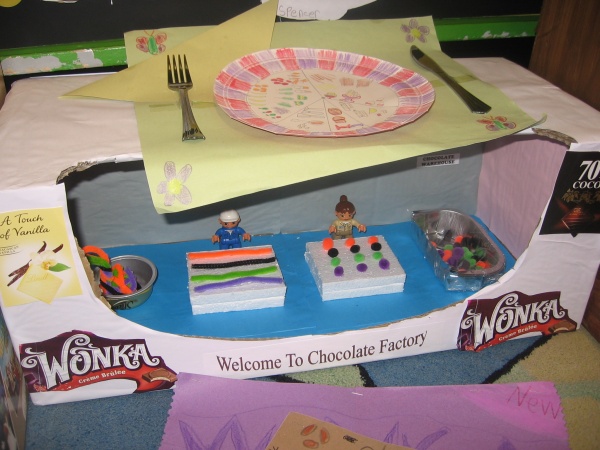 Every classroom visited had great examples of rich task homework which pupils had self-selected.
Every classroom visited had great examples of rich task homework which pupils had self-selected. 
Primary 3 studied Ancient Egypt and most were dressed as Egyptians. Ahmad said “My favourite bit was doing my name in hieroglyphics.”
 In primary 4 Isla was an expert guide and explained the moon missions, alien creation and outdoor survival skills developed during their Space topic. She “enjoyed learning how the rockets work.”
In primary 4 Isla was an expert guide and explained the moon missions, alien creation and outdoor survival skills developed during their Space topic. She “enjoyed learning how the rockets work.”
Primary 5 pupils had studied the rainforest and linked learning in science, social studies, and developed their research and literacy skills. Primary 6 classrooms had gone all French and one even had a very large model of the Eiffel Tower in the centre of the room.
 Primary 7 had been working on a SCIAF project to develop their understanding of sustainability and global citizenship.
Primary 7 had been working on a SCIAF project to develop their understanding of sustainability and global citizenship.
Staff across all stages had obviously planned thier interdisciplinary learning in a creative and collegiate way. They have impacted positively on their pupils’ engagement in and enjoyment of learning, and employed a range of approaches to “enrich” the curriculum for their pupils.
Deanburn Nursery Developing Interdisciplinary Planning
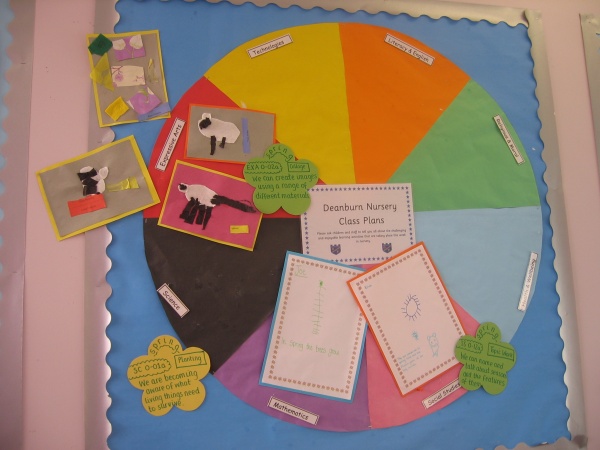 Deanburn Primary School nursery staff have been developing their approach to planning interdisciplinary learning with Yvonne McBlain, curriculum support teacher from Falkirk Education Services. They took an enquiring approach to exploring how their planning procedures could help them to identify and select related “bundles” of experiences and outcomes which were relevant for their learners. Caroline McKay, principal teacher with nursery responsibility, and Karen Stewart, senior early years officer, took an innovative approach to integrating learning through the storyline approach. During the project, Yvonne worked with the team for half a day once a week with a working lunch evaluation/planning meeting straight afterwards. The team used the storyline approach to explore how the children would engage with an initial stimulus story linked to winter and Jack Frost. Click here to read the stimulus story.
Deanburn Primary School nursery staff have been developing their approach to planning interdisciplinary learning with Yvonne McBlain, curriculum support teacher from Falkirk Education Services. They took an enquiring approach to exploring how their planning procedures could help them to identify and select related “bundles” of experiences and outcomes which were relevant for their learners. Caroline McKay, principal teacher with nursery responsibility, and Karen Stewart, senior early years officer, took an innovative approach to integrating learning through the storyline approach. During the project, Yvonne worked with the team for half a day once a week with a working lunch evaluation/planning meeting straight afterwards. The team used the storyline approach to explore how the children would engage with an initial stimulus story linked to winter and Jack Frost. Click here to read the stimulus story. 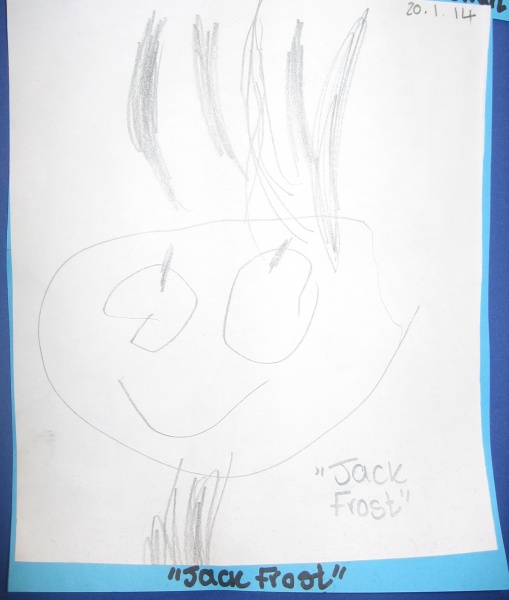
In this way, planning for next steps responded to the children’s interest and engagement with the characters and the story. Click here to see the initial simple daily plan which was trialled for use in the floor book. As suspected, this proved unsustainable as a planning procedure in the long term, but has helped the team explore exactly where and how they met the essential elements of the NAR planning flow chart – they are still tweaking their planning formats to maximise impact, but minimise unnecessary workload. The project included an opportunity for parents to take part in the storyline and was very positively evaluated – click here to see some parental evaluation. Clicking here will allow you to see the results of the assessment activity designed to guage impact on the pupils – lots to consider from a sample assessment! Everyone involved was fascinated to observe the degree to which each child opted in and out of the storyline context while still fulfilling the learning intentions and success criteria during free play, outdoor time and group time. 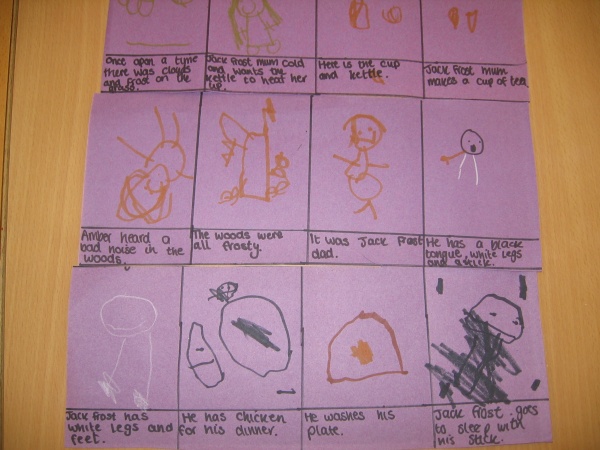
As a result of the project, the team are now consolidatng the children’s knowledge of the seasons through relevant development of specific skills, understanding and attitudes across the curriculum. Click here to see the floor book page gathering the children’s existing knowledge of spring. Karen and the early years officers have developed their use of the floor book as a record of all of the learning taking place across nursery. They now feel that their ability to evidence and track progression in learning is enhanced by the changes they have made. As can be seen from the photo at the start of the post, the team are also developing their use of a learning wall in the waiting area to try to inform and engage parents as much as possible in their child’s learning processes. The experience as a whole has supported the team in reviewing their systems to meet the requirements of the NAR planning flowchart and improve their application of the principles of curriculum design – both for discrete and interdisciplinary learning.
Primary Art and Design Exhibition
 The Falkirk Primary Schools Art & Design exhibition took place in the second week of March and was a stunning show. It was expertly hung by the art & design specialist teachers to showcase the range of teaching and learning taking place within their subject. As can be seen from the exhibits shown, pupils have developed a plethora of skills using 2 and 3 dimensional media and techniques. Therefore, the discrete learning which has taken place is securely linked to the experiences and outcomes for art and design and provides a “presentation” opportunity for the wider expressive arts principles and practices. In addition, the
The Falkirk Primary Schools Art & Design exhibition took place in the second week of March and was a stunning show. It was expertly hung by the art & design specialist teachers to showcase the range of teaching and learning taking place within their subject. As can be seen from the exhibits shown, pupils have developed a plethora of skills using 2 and 3 dimensional media and techniques. Therefore, the discrete learning which has taken place is securely linked to the experiences and outcomes for art and design and provides a “presentation” opportunity for the wider expressive arts principles and practices. In addition, the  exhibition demonstrates how specialist teachers delivered type 1 interdisciplinary learning by linking effectively to another areas of the curriculum. This is often termed “learning through” and is a great strength of expressive arts subjects.
exhibition demonstrates how specialist teachers delivered type 1 interdisciplinary learning by linking effectively to another areas of the curriculum. This is often termed “learning through” and is a great strength of expressive arts subjects.
The exhibition showed examples of art work which had been creatively planned to be done co-operatively by groups of pupils. Click here to view.
 Art work exploring Katie Morag, Robert Burns, Charles Rennie Mackintosh, and the local area showed very clearly how art & design teaching supported pupil learning about the culture and heritage of Scotland. The comments book at the exhibition was full of appreciative statements from visitors.
Art work exploring Katie Morag, Robert Burns, Charles Rennie Mackintosh, and the local area showed very clearly how art & design teaching supported pupil learning about the culture and heritage of Scotland. The comments book at the exhibition was full of appreciative statements from visitors.
Interdisciplinary Learning at Head of Muir PS
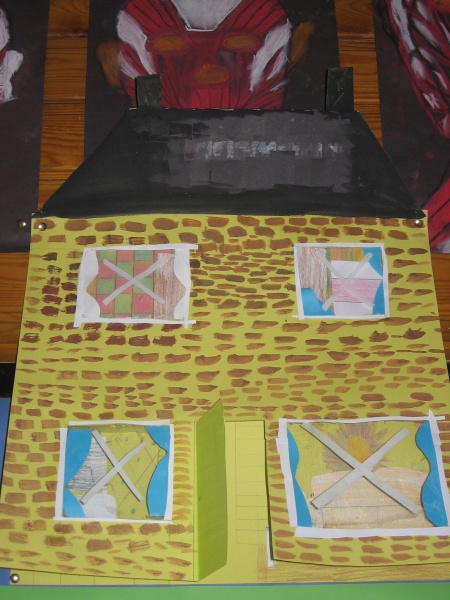 Yvonne McBlain from Falkirk Education Service Support and Improvement team gathered some good interdisciplinary learning practice during a validation visit at Head of Muir Primary School on 10th and 11th February 2014.
Yvonne McBlain from Falkirk Education Service Support and Improvement team gathered some good interdisciplinary learning practice during a validation visit at Head of Muir Primary School on 10th and 11th February 2014.
Alan McNab’s primary 6/7 class were learning about WWII – click here and here to see their fantastic classroom displays. Alan is using the storyline approach – click here to see a family biography and find out whether the pupils decided to evacuate the children in their household. Alan had carefully planned opportunitites for his pupils to develop and apply their literacy skills within this context. Click to see posters and war leaflets where his pupils develop their note taking, writing and reading comprehension skills. Click here and here to see how Alan enabled pupils to apply numeracy and technology skills within the WWII context. Alan is very effectively linking small numbers of experiences and outcomes to make learning relevant and coherent for his pupils. He is also making sure that his pupils are aware of which skills are being developed within interdisciplinary learning and showing pupils that these skills can be transferred to many tasks.
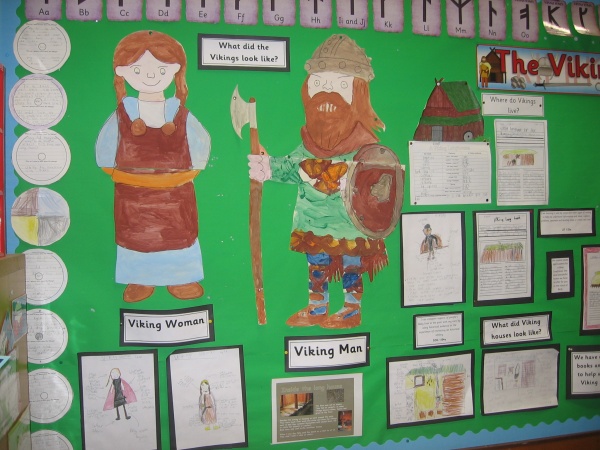 Nicola Taylor, primary 3 teacher, took a very creative and responsive approach to planning learning within the Vikings context. She initially used a collection of stimulus objects to encourage pupils to come up with questions about the Vikings (click to view a KWL Viking Shield). She was then able to plan learning intentions, success criteria and learning experiences which would enable pupils to evidence progression in their learning linked to SOC 1-02a & 1-04a, and LIT 1-01a. Click here and here to see some of the tasks she designed to help answer the questions her pupils had. They were particularly interested in what the Vikings ate – click here & here to view specific literacy tasks. Click to see another example of a text created by a pupil which allows the application of literacy skills within the Viking context. As can be seen from the photo below, Nicola and her pupils had turned their classroom entrance into the exterior of a Viking home, and pupils are now A Viking in their longships (click to view).
Nicola Taylor, primary 3 teacher, took a very creative and responsive approach to planning learning within the Vikings context. She initially used a collection of stimulus objects to encourage pupils to come up with questions about the Vikings (click to view a KWL Viking Shield). She was then able to plan learning intentions, success criteria and learning experiences which would enable pupils to evidence progression in their learning linked to SOC 1-02a & 1-04a, and LIT 1-01a. Click here and here to see some of the tasks she designed to help answer the questions her pupils had. They were particularly interested in what the Vikings ate – click here & here to view specific literacy tasks. Click to see another example of a text created by a pupil which allows the application of literacy skills within the Viking context. As can be seen from the photo below, Nicola and her pupils had turned their classroom entrance into the exterior of a Viking home, and pupils are now A Viking in their longships (click to view). 